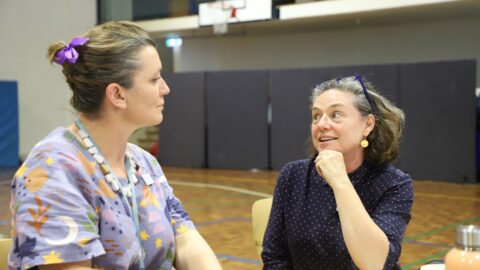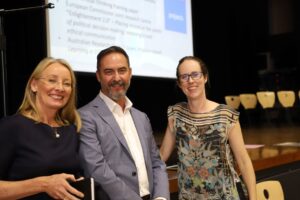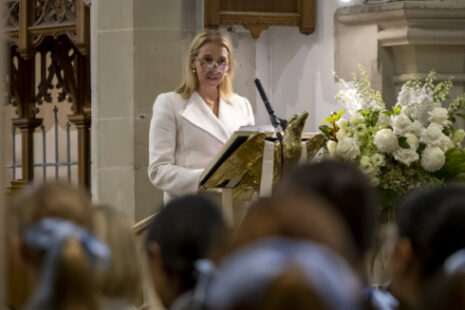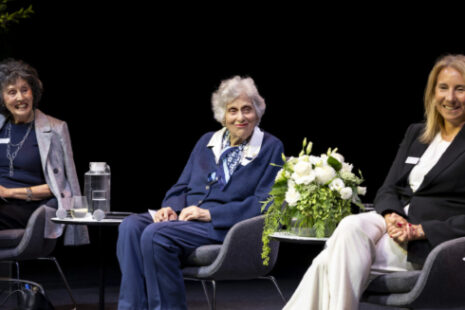How do you know students are thinking?

Since 2018, as part of our Towards 2025 Strategic Plan, to cultivate the ‘Thinking Classroom’, the staff at St Catherine’s School have focused on building our capacity in current thinking pedagogies.
A thinking pedagogy seeks to make the intrinsic connection between thinking and learning explicit in classroom practice, rather than something assumed to be taking place as part of regular instruction. It requires teachers to make the cognitive elements of an academic subject visible to students, so they are then, in turn, able to monitor and regulate their thinking and thus, improve their learning. It involves shifting away from the mere transmission of content knowledge to a recognition in the words of Harvard University’s Project Zero, Director, Ron Ritchhart, that ‘true understanding of a discipline involves learning its processes and ways of thinking’. [1]
In 2019, to support our approach, we commenced a partnership with the Centre for Critical and Creative Thinking at the University of Queensland. The Centre’s projects are based on the doctoral work of its director, Dr Peter Ellerton, who is one of Australia’s leading experts in critical thinking education. In developing teacher expertise, the Teaching for Thinking approach begins with three central provocations:
- How do you know students are thinking in your classroom?
- How do you plan for student thinking?
- How do you provide feedback on student thinking?

Dr Peter Ellerton from the University of Queensland’s Centre for Critical Thinking provided insights to St Catherine’s staff on critical thinking in education.
Throughout the past three years, Dr Ellerton and his colleague Adam Kuss have regularly addressed the teaching staff and academic leaders of the school, on such topics as: planning in the language of student cognition; creating meaningful collaborative opportunities in the classroom and developing thinking dispositions in students and staff. The result has been a shift in methodology towards the cultivation of student thinking capacity, which has resulted in some exemplary models of practice from our highly skilled staff.
Last week, Dr Ellerton delivered his first on site address in two years, on how to leverage the power of the ‘Golden Tetrad’ of the cognitive skills of explanation, analysis, evaluation and justification, through assessment tasks, questioning and learning opportunities. It was a timely reminder of the need to insert cognitive complexity in all of our lessons to ensure that our students develop the intellectual traits needed for academic success.
The partnership with the University of QLD also ensures that St Catherine’s maintains strong links with academia, meaning that we can respond to the latest educational research and incorporate it into our practice. With the launch of our new Learning Framework in 2022, we have been able to adopt our learnings from Teaching for Thinking over the past three years, and place it as the core pedagogical driver in our new, wholistic model of learning. We look forward to actioning this model throughout our Professional Learning Teams and Faculties as we continue to refine our practice in the years ahead.





